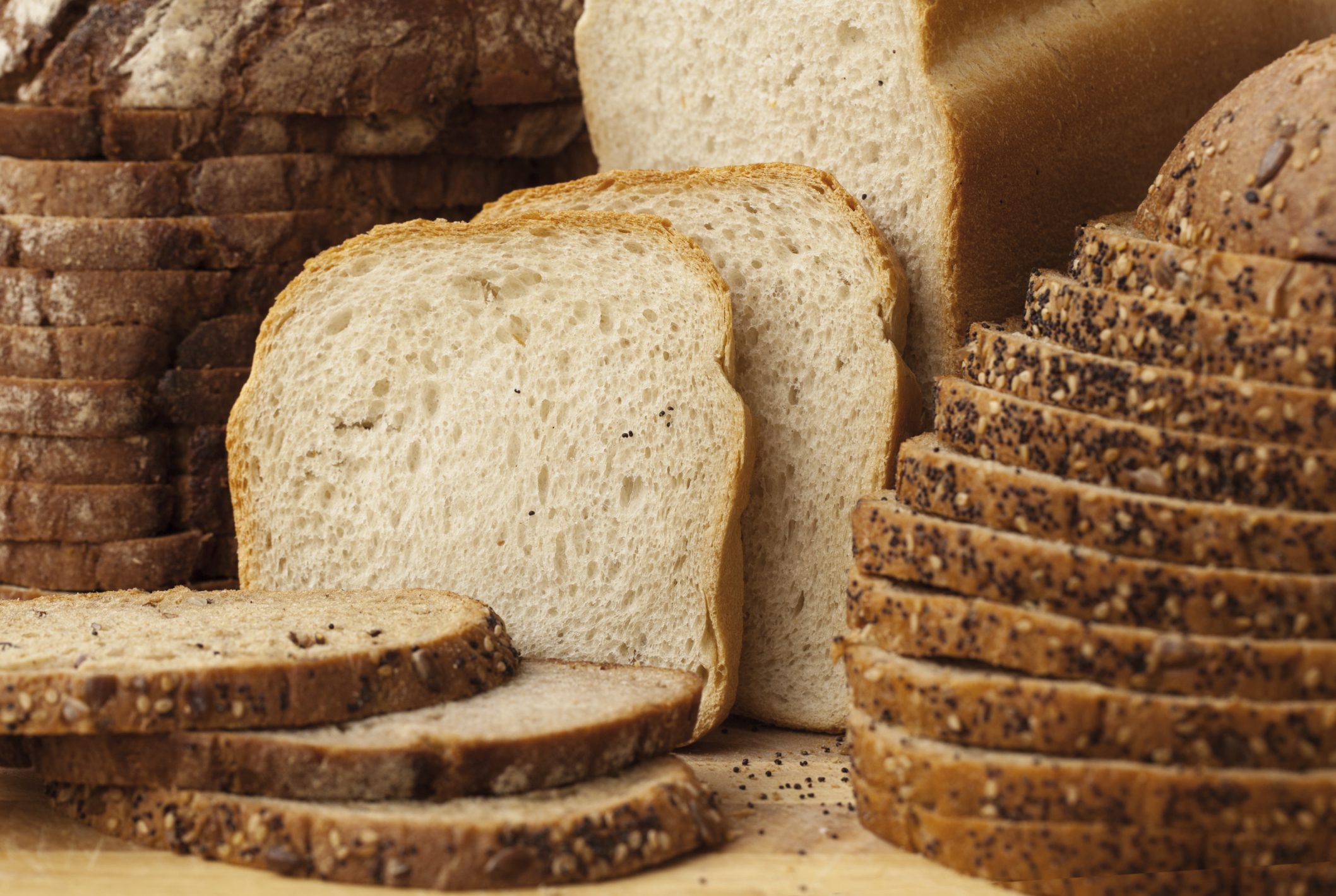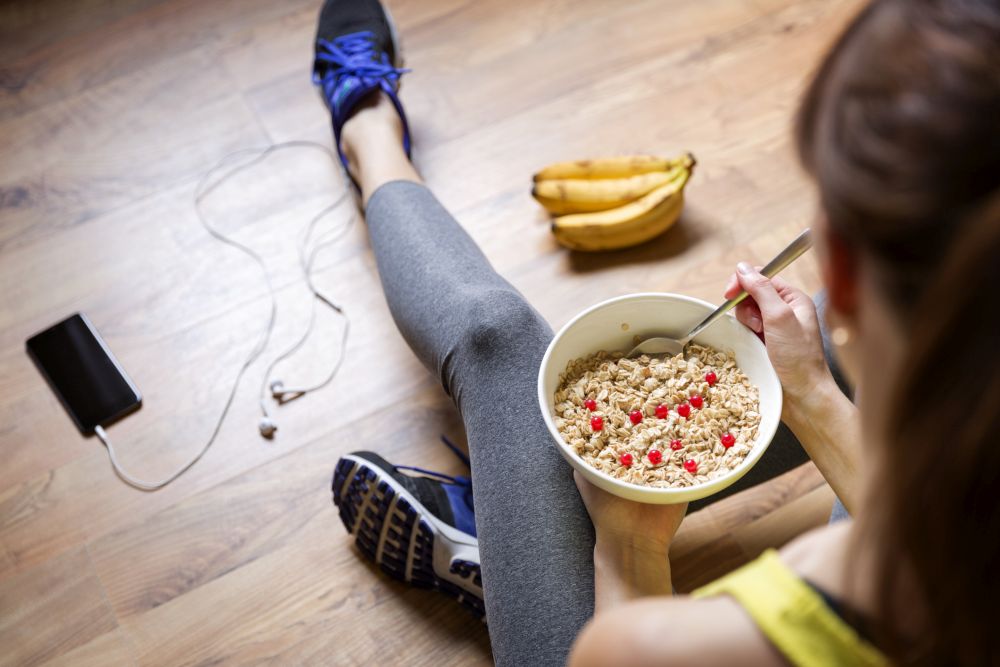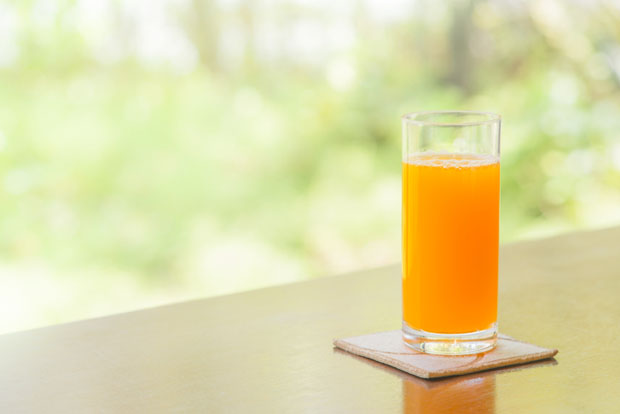Fibre 101 for runners
It is possible to get enough of this important nutrient without sending yourself to the bathroom mid-run

Fibre is a tricky nutrient for runners. We know it’s good for us and we should eat more of it, but it can also cause some major stomach troubles on a run if we’re not careful. Figuring out how to incorporate fibre into your daily diet without compromising your comfort during a run or race can be challenging, but with a little know-how and some practice, you can get your recommended daily intake without needing a porta-potty in the middle of your next long run.

What is fibre?
Fibre is a complex carbohydrate that cannot be digested by our bodies. There are two basic types of fibre: water-soluble and insoluble. Water-soluble fibre is found in fruits, vegetables and beans, while insoluble fibre is present in whole grains. Because our bodies are unable to digest fibre, it is not a source of energy, but it’s important to our bodies for other reasons.
Fibre slows down the process of digestion in order to provide your body with a steady stream of nutrients and help improve the satiety of your meals (i.e. it keeps you full longer). It also stimulates the production of beneficial bacteria in your gut, which helps you digest food better, improves your immune function and controls inflammation. Other benefits of fibre include:
- Helps lower cholesterol
- Helps your body absorb minerals
- Insoluble fibre speeds up transit time to increase stool bulk (which helps you go to the bathroom) and cleans your colon
- Soluble fibre forms a gel in your gut and slows down transit time to delay the absorption of glucose in your intestines to help stabilize blood sugar.

The problem with fibre for runners
All those good things about fibre we mentioned, like slowing down and speeding up transit time and delaying the absorption of glucose, are the exact opposite of what you want when you’re about to go for a run. Running is already stressful for your gut, so throw too much fibre on top of that and you could end up with gas, bloating and unwelcome trips to the bathroom mid-run.
The good news is runners can still meet their daily fibre requirements without compromising their performance or enjoyment during a run, as long as they follow these simple rules:
Timing

It takes approximately two hours for fibre to empty from the stomach into the small intestine, and when it hits the lower GI and tract bacteria begin to eat it, gas and cramping are often the outcomes. With that in mind, it’s important to time your fibre intake correctly. If you’re running in the evening, try to concentrate your fibre intake at breakfast and lunch, and if you’re heading out first thing in the morning, try having a small, low-fibre snack beforehand. Studies have also shown that a snack with five grams of fibre 30 minutes before a run is tolerated well by most people, but this may vary from person to person, so figuring out what works for you will take some trial and error.
Spread it out
According to Health Canada, men should aim to consume 38 grams of fibre each day, and women should aim for 25 grams. This does not mean that you have to eat all this fibre at once. By spreading your intake out throughout the day into several snacks or meals that contain 5-10 grams of fibre, you can lessen the load you’re placing on your GI tract to avoid major stomach upset.
Do a fibre taper ahead of your goal race

When you’re two to three days out from your goal race, reduce your fibre intake by about 25 per cent by substituting juice for whole fruit, white starches (like white rice instead of brown) and avoid cruciferous vegetables (think broccoli, cauliflower, cabbage and brussels sprouts) and bran cereals.
Do a reverse fibre taper
After your goal race, don’t jump right back up to your usual fibre intake levels. Instead, gradually reverse the taper to avoid overloading your system and ending up with the same issues you were trying to avoid.


